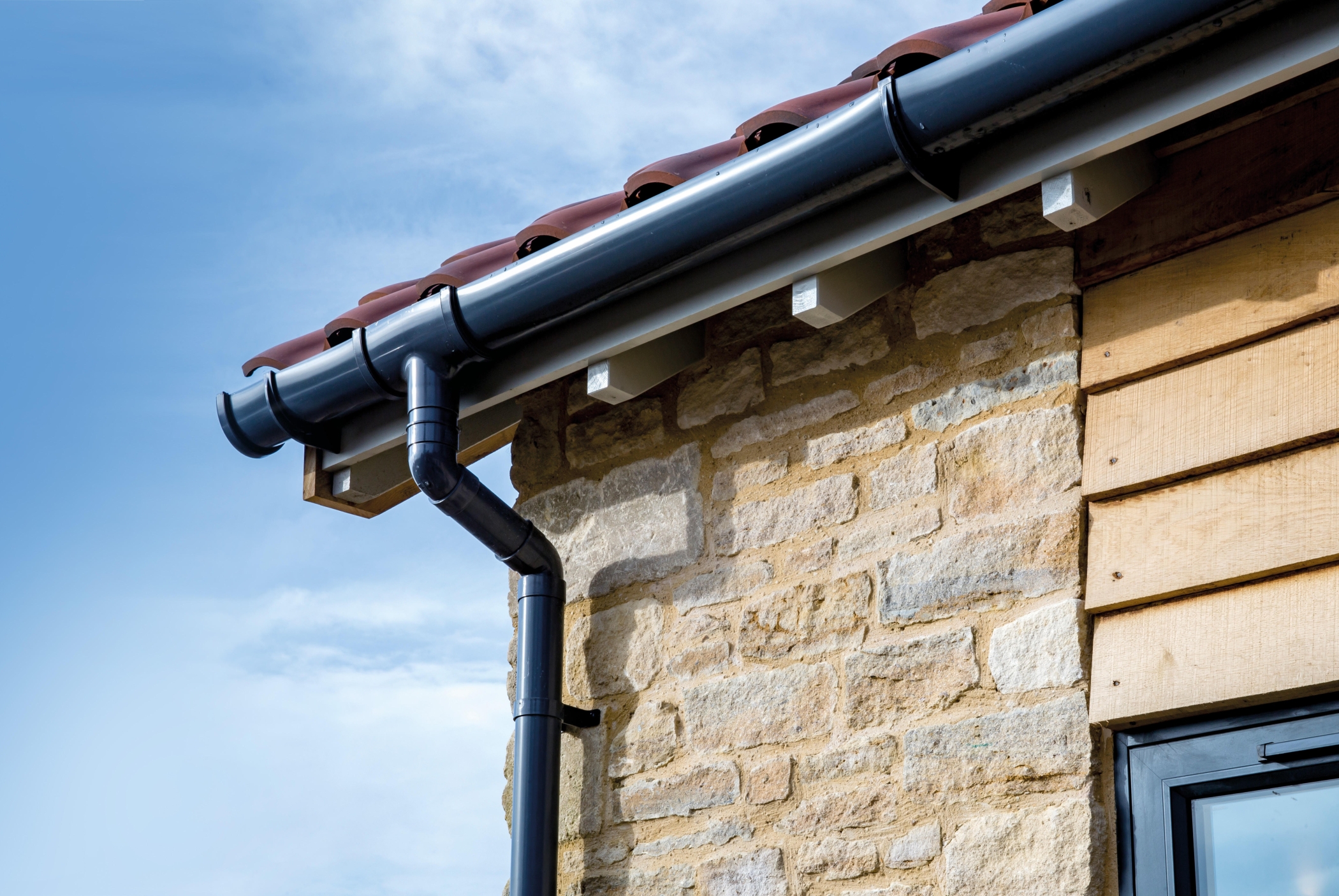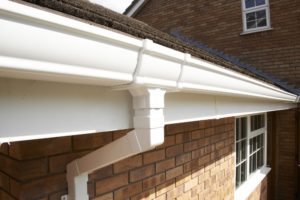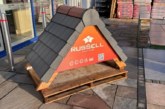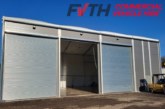
Steve Skeldon, Above Ground Product Manager at Wavin, discusses why the right knowledge matters when it comes to stocking and recommending the most effective guttering solutions.
We may be used to feeling like each year is rainier than the last, but the Met Office’s recently published State of the UK Climate 2024 report shows that we are experiencing unprecedented levels of rainfall. Indeed, while this summer brought periods of prolonged dryness and drought, the period from October 2023 to March 2024 was the wettest winter on record.
Notably, in a series dating back over 250 years, a massive 60% of the wettest October-to-March periods for England and Wales have occurred in the 21st century. These big swings — from drought to heavy downpours — underline the increased unpredictability of our climate.
As conditions become more extreme and sustainability expectations rise, market demands for drainage solutions are rapidly evolving. Manufacturers are responding by developing options that not only meet existing building practices but also anticipate the impact of heavier rainfall.
In a more complex market, installers will rely on merchants for expert advice when recommending the right products for their projects, and the relationship between merchants and manufacturers has never been more important as a result. And with extreme weather events becoming more frequent, a strong and collaborative supply chain is essential to ensuring that up-to-date, high-performance products and guidance reach those specifying and installing them.
With more pressure than ever before on systems to perform in unpredictable conditions, installers must feel confident matching the right system to the requirements of the job. Merchants should consider three main factors before making recommendations to installers: roof area, rainfall levels and the type of building.
Roof area: For any guttering job, roofing area is one of the first things that should be taken into consideration. The bigger the surface area and steeper the pitch of your roof, the more water it collects, which means the guttering system needs to be robust enough to handle run off.
“Merchants should consider three main factors before making recommendations to installers: roof area, rainfall levels and the type of building.”
Anticipating rainfall levels: Knowing the average or anticipated rainfall in the area you are working is key to ensuring you select the right guttering solution. With weather becoming more unpredictable and extreme weather conditions on the rise in the UK, it’s no longer enough to assume that standard systems will cope across the board.
Installers must think beyond roof size when recommending guttering systems. For example, two homes with the same roof area may require different systems depending on where they are in the country. A property in the South West, where rainfall is typically heavier, might need a higher-capacity system than one in the East of England, even if the roof of each building is the same size.
Reliable recommendations are made by combining accurate local rainfall data — for example, from the Met Office — with recognised standards such as BS EN 12056. This standard helps ensure a guttering system is properly sized to cope with the amount of water it may receive, so it won’t overflow or cause damage.
By using both accurate data and standardised design methods during the consultation process, merchants and installers can make confident, evidence-based recommendations, reducing the risk of system failure and long-term issues such as wear and tear from too much standing water.
Type of building: No two guttering projects are identical, which can make it challenging to recommend the most suitable rainwater system. Merchants who will be advising on a site that they have not seen in person face a particular challenge here, but the type of project will provide some guidance.
Domestic buildings, such as homes and conservatories, are typically suited to lighter-duty guttering systems. Both performance and appearance are important factors to consider when recommending a system, with options such as round, square, elliptical, or ogee profiles selected to suit the property style.
Some higher-capacity domestic systems, such as Wavin’s Osma StormLine, combine an attractive ogee shape with the ability to handle large volumes of water. Its capacity to be installed with hidden brackets for a clean line along the fascia, along with versatility in downpipe compatibility, allows the system to be adapted to the needs of the property while providing increased resilience against storms.
Commercial buildings including warehouses, offices or agricultural buildings generally require higher-capacity solutions such systems with 125 or 150mm profile, able to cover up to 250m2 of roofing. These systems are designed for large-scale buildings that have a much higher roof area or are in areas prone to higher-than-average rainfall.
Manufacturers have a close eye on the wetter weather, and Wavin’s Osma guttering solutions all feature a hydrodynamic outlet engineered to handle up to 30% more rainwater than similarly sized competitive systems.
The right approach
By considering roof area, building type and anticipated rainfall levels from the outset, merchants and installers can calculate the capacity required for a project. Once this is established, they can use available selector tools or tables to determine suitable systems.
Practical design factors — such as the placement of outlets and the use of gutter angles — should also be considered, as these can significantly affect performance. Taking the right approach helps ensure the right system is chosen first time around, reducing the risk of costly call-backs and long-term issues for end users.
Click here for more information on Osma rainwater drainage systems from Wavin and advice on which systems are best suited a job.












